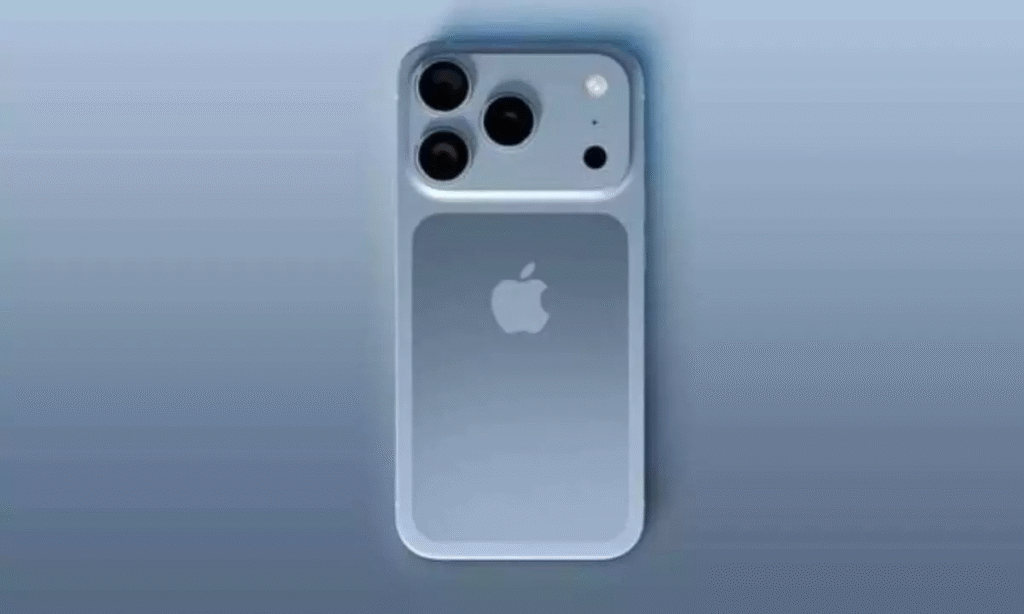Apple’s current iPhone models rely on passive cooling. The glass and metal body absorbs and disperses heat from the processor. Under heavy tasks like gaming or video editing, the device can overheat. Warnings appear that require users to wait for the phone to cool before continuing.

What Is a Vapor Chamber System
A vapor chamber uses a thin plate filled with liquid and a wick. Heat from the processor turns the liquid into vapor. The vapor travels to cooler areas of the plate and condenses back to liquid. This cycle moves heat away from hot spots more efficiently than a simple graphite sheet.
Leak Details and Source Credibility
A recent report from the leaker known as Majin Bu claims that the iPhone 17 will adopt a vapor chamber system. The report says the design is still evolving with challenges to solve. Majin Bu has offered mixed accuracy in past rumors, so readers should consider these details cautiously.
Analyst Predictions and Past Reports
In August 2024, TF Securities analyst Ming-Chi Kuo predicted that the Pro and Pro Max models of the iPhone 17 would use vapor chamber cooling. He said that standard models might not receive the upgrade. Earlier in 2025, rumors mentioned a heat-spreading metal plate inside the chassis to assist in thermal management.
Potential Benefits for Users
If Apple implements vapor chamber cooling in the iPhone 17, it may offer:
• Fewer overheating warnings under heavy use
• Longer sustained performance for gaming and video work
• Potential for a slimmer or lighter design by reducing reliance on passive materials
Other Cooling Innovations Under Discussion
Reports suggest that Apple may move to aluminum frames in place of stainless steel to aid heat transfer. Thermal paste and graphite layers could also be polished by the company. Such developments indicate increasing demands of processors due to capabilities such as Apple Intelligence, 5G connectivity, etc.
Challenges Ahead for Apple
The iPhone 4s has an engineering challenge that comes with it that is well known- the slim body was designed to take on the vapor chamber. The Apple has to strike a balance between heat pipe and accommodation of components that include the battery and cameras. The company will require testing reliability of that kind in a daily use and extreme changes in temperatures.

What Comes Next
Before mass production of the iPhone 17, Apple will probably complete its cooling in the late stages of its prototypes. Official details may emerge at Apple’s usual September event. Until then, consumers and industry observers watch for signs in regulatory filings or case maker schematics.
As Apple continues to push iPhone performance forward, it must also keep devices cool. A move to vapor chamber cooling could mark a major step in heating management for the next-generation iPhone 17 series.





